Garage Museum of Contemporary Art: Moscow’s Portal to the Global Now
Founded by Dasha Zhukova, this cutting-edge institution brings international contemporary art into dialogue with Russia’s creative present, redefining museum culture in the capital.
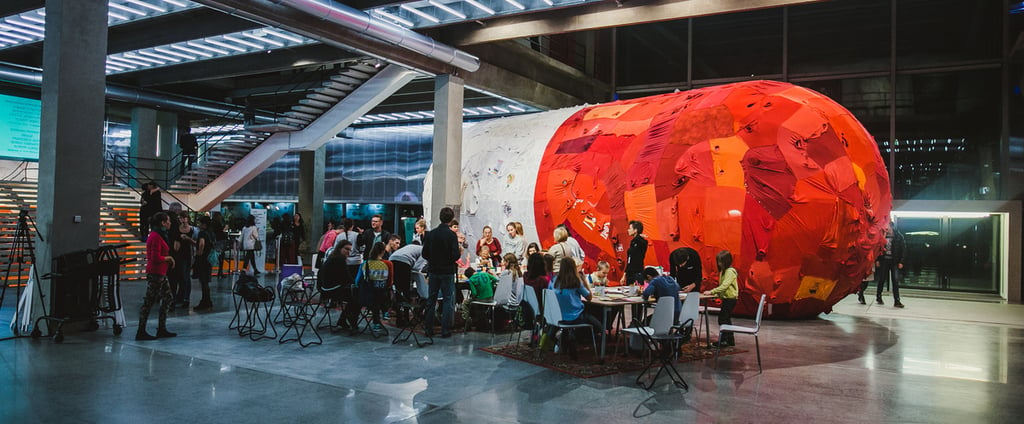

A House of Ideas
In Moscow’s Gorky Park, where lovers stroll beneath leafy canopies and children’s laughter echoes off the river, there rises a building of glass, steel, and light — an improbable beacon of creative freedom in a city of tradition and power.
This is the Garage Museum of Contemporary Art — a place where Russia’s present and future creative energies unfold in dialogue with the world.
Here, amid crisp galleries and sun-drenched atriums, the old binaries dissolve: East and West, high and low, state and street. What remains is the raw pulse of contemporary art — experimental, questioning, alive.
A Radical Beginning
Garage was born not of government initiative, but of personal vision.
Founded in 2008 by Dasha Zhukova and Roman Abramovich, it began as a cultural laboratory in a constructivist bus depot — a fitting metaphor for the museum’s restless forward momentum.
From the start, Garage sought to break with the ossified conventions of Russian art institutions — creating a space where emerging and established voices, Russian and international, could engage on equal terms.
In 2015, the museum moved to its current home: a renovated Soviet-era restaurant in Gorky Park, redesigned by Rem Koolhaas. The result is a building that honors the past while opening itself fully to the light and fluidity of the contemporary moment.
A Platform, Not a Temple
Garage does not style itself as a temple of masterpieces. Rather, it is a platform — mutable, porous, dynamic.
Its galleries host a constantly shifting program of exhibitions:
Major retrospectives of global figures like Cai Guo-Qiang, Takashi Murakami, or Louise Bourgeois.
First Russian presentations of critical contemporary voices.
Deep dives into the neglected histories of Soviet and post-Soviet experimental art.
Yet even the most celebrated artists are not presented as untouchable icons. The emphasis is always on dialogue and process — on how each work speaks to the shifting realities of Russian society and the wider world.
Practical Information
Location
Garage Museum of Contemporary Art
9/32 Krymsky Val Street
Moscow, Russia
Located in Gorky Park, the museum is easily accessible from the Oktyabrskaya or Park Kultury metro stations, and a short walk from the Moskva River embankment.
Opening Hours
Monday to Sunday: 11:00 – 22:00
Open every day.
Admission
General admission: variable fee depending on exhibitions.
Free access to the atrium and certain public areas.
Discounts for students, children, seniors.
Free admission days regularly scheduled.
Getting There
By metro: Oktyabrskaya or Park Kultury stations (Circle Line).
By foot: The museum is located within Gorky Park, a short walk from the main entrances.
By car: Paid parking available near the park.
Facilities and Services
Changing program of temporary exhibitions.
Permanent Garage Archive Collection and related exhibitions.
Artist residency studios and programs.
Garage Bookshop: exceptional selection of art books, catalogues, theory, and children’s books.
Garage Café, serving light meals and refreshments.
Accessibility: the entire museum is fully wheelchair accessible.
Guided tours and audio guides in Russian and English.
Extensive educational programs, from children’s art workshops to graduate seminars.
Events and Programs
Regular program of public lectures, screenings, and performances.
Major conferences and symposia on contemporary art and theory.
Family programs and inclusive activities for neurodiverse visitors.
Artist talks and workshops.
Official Website
https://garagemca.org
Full information in Russian and English, with complete program listings and visitor resources.
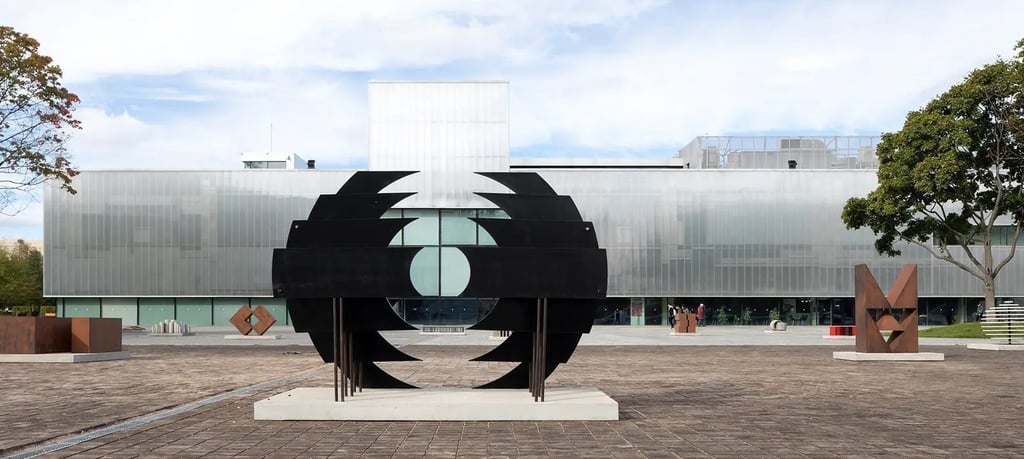

Art in a Time of Contradiction
Garage’s mission is all the more vital given the contradictions of contemporary Russia.
While state narratives often seek to control cultural memory, Garage has carved out a space where critical voices can still be heard — albeit within a delicate balancing act.
Exhibitions frequently engage with urgent themes: ecology, migration, gender, postcolonial identity, and the shifting legacies of the Soviet past.
Yet Garage does so without polemic. Its curatorial approach favors openness over dogma, privileging works that ask rather than answer, that reveal complexity rather than impose clarity.
In this way, the museum honors its role as a platform for inquiry — vital in a time when public space for inquiry is shrinking.
The Visitor’s Experience
To visit Garage is to enter a space where contemporary art is not a spectacle, but a conversation.
One might encounter a monumental installation that reconfigures space itself; an archival show that reframes the forgotten margins of Soviet art; a screening of experimental film that challenges linear perception; a workshop where young visitors build their own conceptual pieces.
The architecture encourages movement and encounter: open galleries, transparent walls, unexpected sightlines. Light and air are integral parts of the experience — reminders that this is a museum not of stone and authority, but of process and possibility.
Many visitors linger long after touring the exhibitions — in the atrium, in the café, in the Garage Bookshop, one of the finest contemporary art bookstores in Russia.
Garage is not a place to consume art and leave, but to dwell, to think, to return.
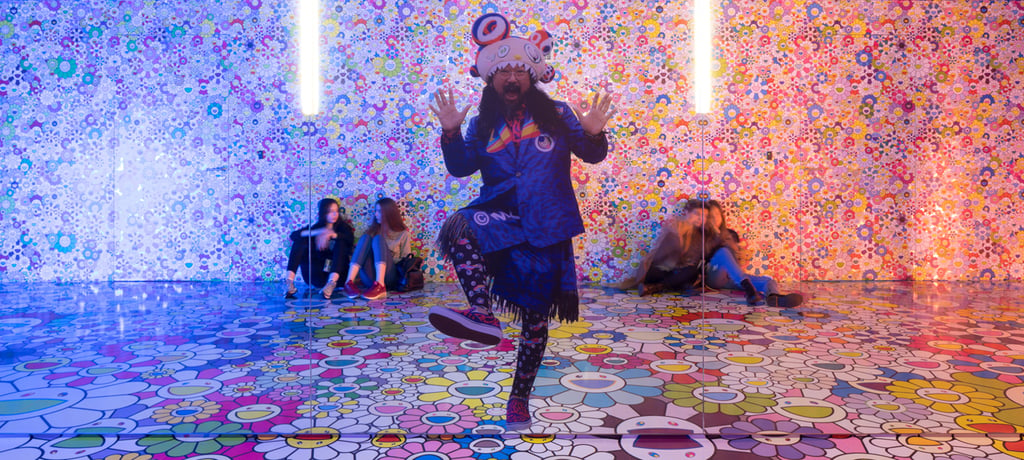

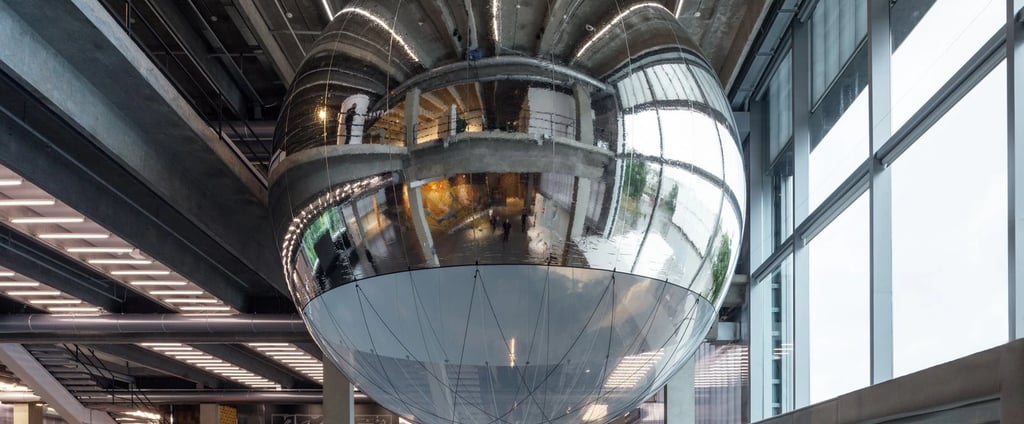

Supporting the Now
Garage’s true genius lies not just in exhibition-making, but in supporting the living ecosystem of contemporary art.
It hosts one of Russia’s most ambitious artist residency programs, fostering new work across disciplines.
Its pioneering Garage Archive Collection documents the unofficial art movements of the Soviet era, preserving fragile histories for future generations.
Garage’s publishing arm produces cutting-edge art books, theory, and translations, building a critical discourse long absent from the Russian scene.
Its education programs — from children’s workshops to graduate seminars — cultivate a new public attuned to the complexities of contemporary practice.
A Meeting Place for Moscow
Perhaps most striking is Garage’s role as a public space — open, inviting, defiantly inclusive.
The museum’s vast ground floor atrium, free to enter, buzzes with life: students on laptops, artists in conversation, families exploring installations.
Outdoor projects spill into Gorky Park, blurring the line between gallery and city. Performances, screenings, and talks draw a diverse, engaged audience.
In a society where cultural space is often controlled or stratified, Garage insists that art is for everyone — and that public space can still be a site of freedom and exchange.
